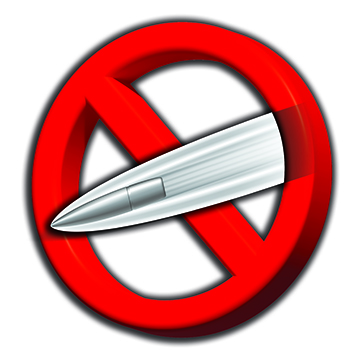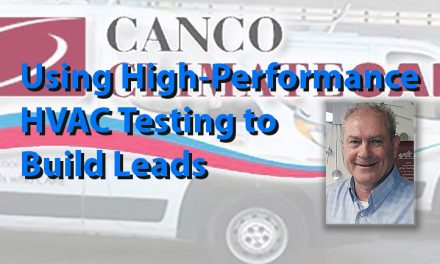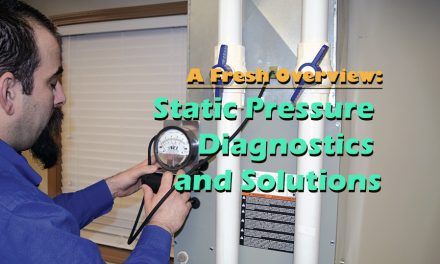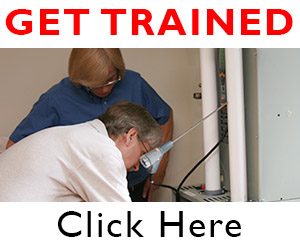Over the last four decades, I have seen the same recurring issues and shortcuts plaguing our industry despite having more supporting standards than many other trades combined. It seems we still chase band-aid fixes and silver bullets that result in very inefficient and poorly performing installed systems.
On the other hand, many contractors have devoted their lives and careers to try and change the consumer outlook of the HVAC industry. They know there aren’t any silver bullets. It’s an uphill battle. One main reason: more companies focus on chasing bigger profits without regard for the damage to the industry.

By the way — these issues aren’t just the responsibility of contractors. We also need to consider manufacturers and other entities that rely on embedded fault diagnostics rather than educating the industry on testing and diagnostics. This is a missed opportunity that lays the groundwork for highly comfortable, efficient, safe, and healthy indoor environments.
I see so many companies and technicians following a pathway set by state code officials. Several states require third-party HERS raters to follow behind HVAC contractors to perform minimal tests that confirm if the job meets state code requirements.
Minimal Requirements Mean Minimal Comfort

A HERS rater performs minimal tests to indicate whether the project meets the minimum code requirements. If it passes, many contractors and technicians view this as a success. They assume the system will meet the performance and efficiencies stated by the manufacturer.
A minimum code compliance assumption is dangerous. Many projects fall into the category of “being the worst job that could be done that is legal.”
For decades, National Comfort Institute (NCI) has been training and certifying HVAC professionals to become experts on proper static pressure profiles and airflow requirements for systems. They began by developing a class focused on the three mass fluid flows of an HVAC system: outdoor air, indoor air, and refrigerant flow. The takeaway here is that silver bullets really don’t exist. It takes work.
There Are No Silver Bullets: Go Beyond Charging the System
The NCI approach enables technicians to have more performance and diagnostic information than just subcooling and total superheat measurements. Even though these values at the outdoor unit are important, you don’t see anything beyond it.
Regarding charging manifolds, it is crucial to have accurate digital charging manifolds. Analog manifolds are inaccurate. During NCI training, we discuss related problems when using analog manifolds on today’s high-efficiency systems.
At NCI’s Southern California training center, we have been offering a refrigerant-side performance class as part of our utility program training, and the conclusion is consistently the same. Most students realize that they have not been following best practices when it comes to charging, troubleshooting, and assessing the performance of refrigerant systems.
Click Below for the Next Page:













Recent Comments